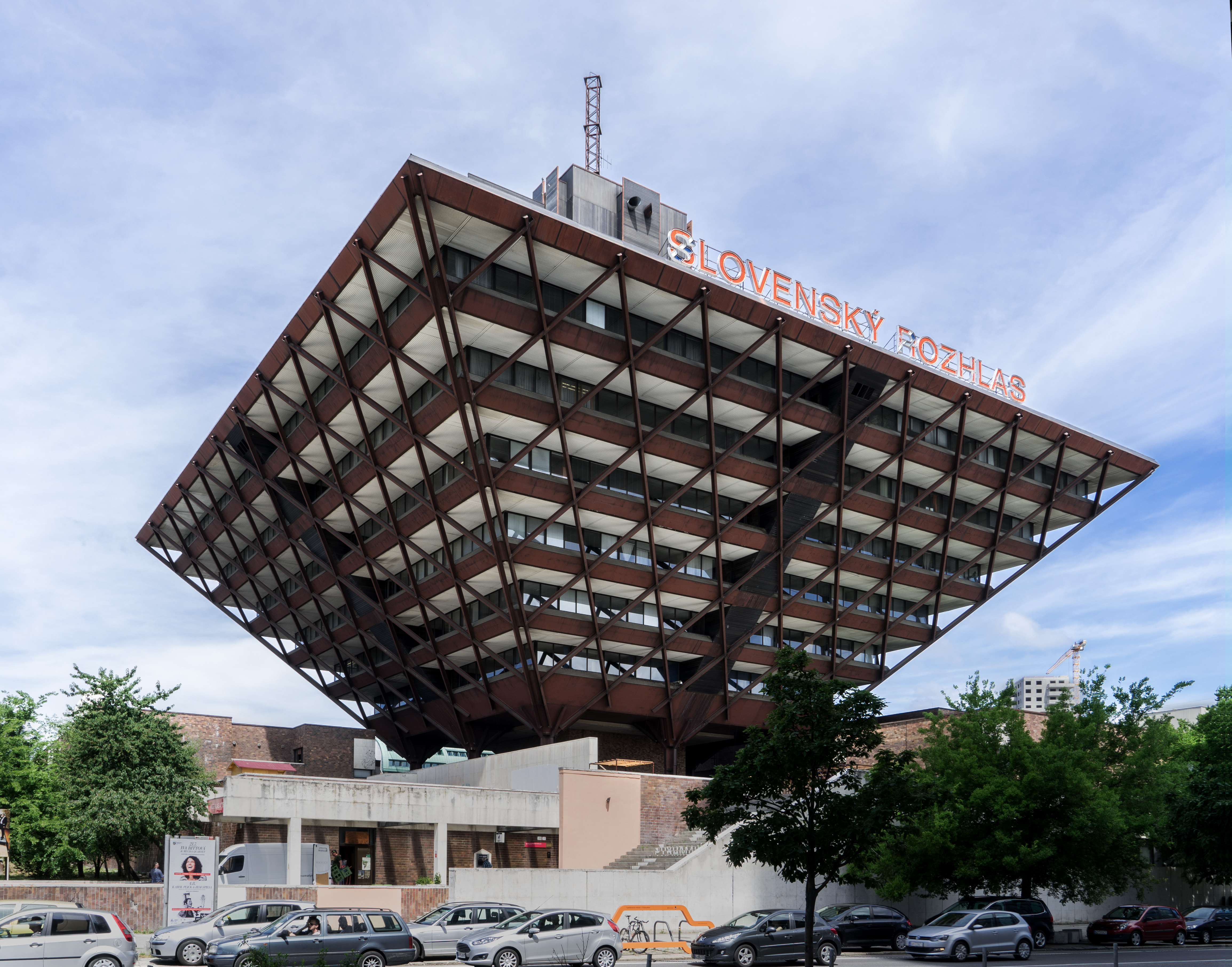|
Editorial Haynes
Editorial Haynes was an Argentine publishing company founded by Alberto M. Haynes in 1904. The publisher released several magazines such as ''El Hogar'', ''Mundo Deportivo'', ''Mundo Argentino'', ''Mundo Agrario'', ''Mundo Infantil'', and newspaper '' El Mundo'', among other imprints.Pasando revista on El Litoral Its building was located on Rio de Janeiro and Bogotá in . In 1948 the Grupo ALEA, managed by official Carlos Aloe took over the control of Editorial Haynes after acquiring 51% of the company shares. When the [...More Info...] [...Related Items...] OR: [Wikipedia] [Google] [Baidu] |
Argentina
Argentina (), officially the Argentine Republic ( es, link=no, República Argentina), is a country in the southern half of South America. Argentina covers an area of , making it the second-largest country in South America after Brazil, the fourth-largest country in the Americas, and the eighth-largest country in the world. It shares the bulk of the Southern Cone with Chile to the west, and is also bordered by Bolivia and Paraguay to the north, Brazil to the northeast, Uruguay and the South Atlantic Ocean to the east, and the Drake Passage to the south. Argentina is a federal state subdivided into twenty-three provinces, and one autonomous city, which is the federal capital and largest city of the nation, Buenos Aires. The provinces and the capital have their own constitutions, but exist under a federal system. Argentina claims sovereignty over the Falkland Islands, South Georgia and the South Sandwich Islands, and a part of Antarctica. The earliest recorded ... [...More Info...] [...Related Items...] OR: [Wikipedia] [Google] [Baidu] |
El Gráfico (Argentina)
''El Gráfico'' is an Argentine online sports magazine, originally published by Editorial Atlántida as a print publication between 1919 and 2018. ''El Gráfico'' was released in May 1919 as a weekly newspaper, and then turned to a sports magazine exclusively. It began to be scheduled monthly from 2002, and was discontinued in 2018, continuing only online. The magazine was nicknamed ''La Biblia del deporte'' ("The Bible of sports") due to its chronicles, notable journalists and collaborators and its photographies. History The foundation of the magazine was an initiative of Uruguayan entrepreneur Constancio C. Vigil, that had founded '' Atlántida'' magazine in 1918 with great success, but the '' tragic week'' riots in 1919 stopped the activities. After that event and its consequences, Vigil was persuaded in acquiring his own printing. With the machines and the installations ready, he established "Editorial Atlántida", his own publishing house, headquartered in Buenos Aires. ... [...More Info...] [...Related Items...] OR: [Wikipedia] [Google] [Baidu] |
Estadio Luna Park
Estadio Luna Park (commonly known as Luna Park) is a multi-purpose arena in Buenos Aires. Located at the corner of Avenida Corrientes and Avenida Bouchard; in the San Nicolás neighborhood. Initially, the arena primarily hosted boxing and other sporting events. In the 1950s, it was expanded to host stage shows and concerts. The stadium has hosted countless internationally famous personalities, including Pope John Paul II, several ballets, tennis and volleyball matches, world championship and important non-championship boxing fights involving Nicolino Locche, Hugo Corro, Santos Laciar, Carlos Monzón, Omar Narvaez, Juan Roldán, Julio César Vásquez and many other famous boxers, circuses, the Harlem Globetrotters, Holiday on Ice and many more. The arena also hosted the 1950 FIBA World Championship, the final phase of the 1990 Basketball World Championship and the 1976 Basketball Intercontinental Cup in which Real Madrid won the competition. The arena also hosted the Six ... [...More Info...] [...Related Items...] OR: [Wikipedia] [Google] [Baidu] |
Orchestra
An orchestra (; ) is a large instrumental ensemble typical of classical music, which combines instruments from different families. There are typically four main sections of instruments: * bowed string instruments, such as the violin, viola, cello, and double bass * woodwinds, such as the flute, oboe, clarinet, saxophone, and bassoon * Brass instruments, such as the horn, trumpet, trombone, cornet, and tuba * percussion instruments, such as the timpani, snare drum, bass drum, cymbals, triangle, tambourine, and mallet percussion instruments Other instruments such as the piano, harpsichord, and celesta may sometimes appear in a fifth keyboard section or may stand alone as soloist instruments, as may the concert harp and, for performances of some modern compositions, electronic instruments and guitars. A full-size Western orchestra may sometimes be called a or philharmonic orchestra (from Greek ''phil-'', "loving", and "harmony"). The actual number of musi ... [...More Info...] [...Related Items...] OR: [Wikipedia] [Google] [Baidu] |
Auditorium
An auditorium is a room built to enable an audience to hear and watch performances. For movie theatres, the number of auditoria (or auditoriums) is expressed as the number of screens. Auditoria can be found in entertainment venues, community halls, and theaters, and may be used for rehearsal, presentation, performing arts productions, or as a learning space. Etymology The term is taken from Latin (from ''audītōrium'', from ''audītōrius'' ("pertaining to hearing")); the concept is taken from the Greek auditorium, which had a series of semi-circular seating shelves in the theatre, divided by broad 'belts', called ''diazomata'', with eleven rows of seats between each. Auditorium structure The audience in a modern theatre are usually separated from the performers by the proscenium arch, although other types of stage are common. The price charged for seats in each part of the auditorium (known in the industry as the house) usually varies according to the quality ... [...More Info...] [...Related Items...] OR: [Wikipedia] [Google] [Baidu] |
Radio Broadcasting
Radio broadcasting is transmission of audio (sound), sometimes with related metadata, by radio waves to radio receivers belonging to a public audience. In terrestrial radio broadcasting the radio waves are broadcast by a land-based radio station, while in satellite radio the radio waves are broadcast by a satellite in Earth orbit. To receive the content the listener must have a broadcast radio receiver (''radio''). Stations are often affiliated with a radio network which provides content in a common radio format, either in broadcast syndication or simulcast or both. Radio stations broadcast with several different types of modulation: AM radio stations transmit in AM ( amplitude modulation), FM radio stations transmit in FM (frequency modulation), which are older analog audio standards, while newer digital radio stations transmit in several digital audio standards: DAB (digital audio broadcasting), HD radio, DRM ( Digital Radio Mondiale). Television bro ... [...More Info...] [...Related Items...] OR: [Wikipedia] [Google] [Baidu] |
Argentine Peso Moneda Nacional
The peso moneda nacional (symbol: m$n) was the currency of Argentina from 5 November 1881 to 1 January 1970, the date in which the ''peso ley 18.188'' was issued to the Argentine public. It was subdivided into 100 centavos, with the argentino worth 5 pesos. The peso was introduced to replace the Argentine ''peso moneda corriente'' at a rate of 25 = m$n 1. History The peso moneda nacional replaced the Argentine real at a rate of one to eight. It also replaced the peso fuerte at par and the peso moneda corriente at a rate of 25 pesos moneda corriente = 1 peso moneda nacional. The peso moneda nacional was itself replaced by the peso ley at a rate of one hundred to one. The peso was initially pegged to the French franc at a rate of 1 peso = 5 francs. In 1883, when silver coins ceased production, the paper peso was set at a value of 2.2 francs or 638.7 mg gold. After a suspension in the gold standard from 1914, in 1927, a peg to the U.S. dollar was established of 2.36 pes ... [...More Info...] [...Related Items...] OR: [Wikipedia] [Google] [Baidu] |
Argentine Primera División
The Primera División (; en, "First Division"), known officialy as Liga Profesional de Fútbol, or Torneo Binance for sponsorship reasons, is a professional football league in Argentina, organised by the Argentine Football Association (AFA). The Primera División is the country's premier football division and is the top division of the Argentine football league system. It operates on a system of promotion and relegation with the Primera Nacional (Second Division), with the teams placed lowest at the end of the season being relegated. Since 2020, relegation has been suspended due to COVID-19 pandemic. With the first championship held in 1891,''Historia del Fútbol Amateur en la Argentina'', by Jorge Iwanczuk. Published by Autores Editores (1992) - Argentina became the first country outside the United Kingdom (where the Football League had debuted in 1888, and the Scottish and Irish Football Leagues in 1890) to establish a football league. In the early years, only teams fro ... [...More Info...] [...Related Items...] OR: [Wikipedia] [Google] [Baidu] |
Comic Strips
A comic strip is a Comics, sequence of drawings, often cartoons, arranged in interrelated panels to display brief humor or form a narrative, often Serial (literature), serialized, with text in Speech balloon, balloons and Glossary of comics terminology#Caption, captions. Traditionally, throughout the 20th and into the 21st century, these have been published in newspapers and magazines, with daily horizontal Daily comic strip, strips printed in black-and-white in newspapers, while Sunday newspaper, Sunday papers offered longer sequences in Sunday comics, special color comics sections. With the advent of the internet, online comic strips began to appear as webcomics. Strips are written and drawn by a comics artist, known as a cartoonist. As the word "comic" implies, strips are frequently humorous. Examples of these gag-a-day strips are ''Blondie (comic strip), Blondie'', ''Bringing Up Father'', ''Marmaduke'', and ''Pearls Before Swine (comic strip), Pearls Before Swine''. In the l ... [...More Info...] [...Related Items...] OR: [Wikipedia] [Google] [Baidu] |
Tabloid (newspaper Format)
A tabloid is a newspaper with a compact page size smaller than broadsheet. There is no standard size for this newspaper format. Etymology The word ''tabloid'' comes from the name given by the London-based pharmaceutical company Burroughs Wellcome & Co. to the compressed tablets they marketed as "Tabloid" pills in the late 1880s. The connotation of ''tabloid'' was soon applied to other small compressed items. A 1902 item in London's ''Westminster Gazette'' noted, "The proprietor intends to give in tabloid form all the news printed by other journals." Thus ''tabloid journalism'' in 1901, originally meant a paper that condensed stories into a simplified, easily absorbed format. The term preceded the 1918 reference to smaller sheet newspapers that contained the condensed stories. Types Tabloid newspapers, especially in the United Kingdom, vary widely in their target market, political alignment, editorial style, and circulation. Thus, various terms have been coined to desc ... [...More Info...] [...Related Items...] OR: [Wikipedia] [Google] [Baidu] |
Roberto Arlt
Roberto Arlt (April 26, 1900 – July 26, 1942) was an Argentine novelist, storyteller, playwright, journalist and inventor. Biography He was born Roberto Godofredo Christophersen Arlt in Buenos Aires on April 26, 1900. His parents were both immigrants. His father, Karl Arlt, was from Posen (now Poznań in present-day Poland) and his mother was Ekatherine Lobstraibitzer, born in the Austro-Hungarian Empire, a native of Trieste and Italian speaking. German was the language commonly used at their home. His relationship with his father was stressful, as Karl Arlt was a very severe and austere man, by Arlt's own account. The memory of his oppressive father would appear in several of his writings. For example, Remo Erdosain (a character at least partially based on Arlt's own life) often recalls his abusive father and how little if any support he would give him. After being expelled from school at the age of eight, Arlt became an autodidact and worked at all sorts of different odd ... [...More Info...] [...Related Items...] OR: [Wikipedia] [Google] [Baidu] |


.jpg)



.jpg)
